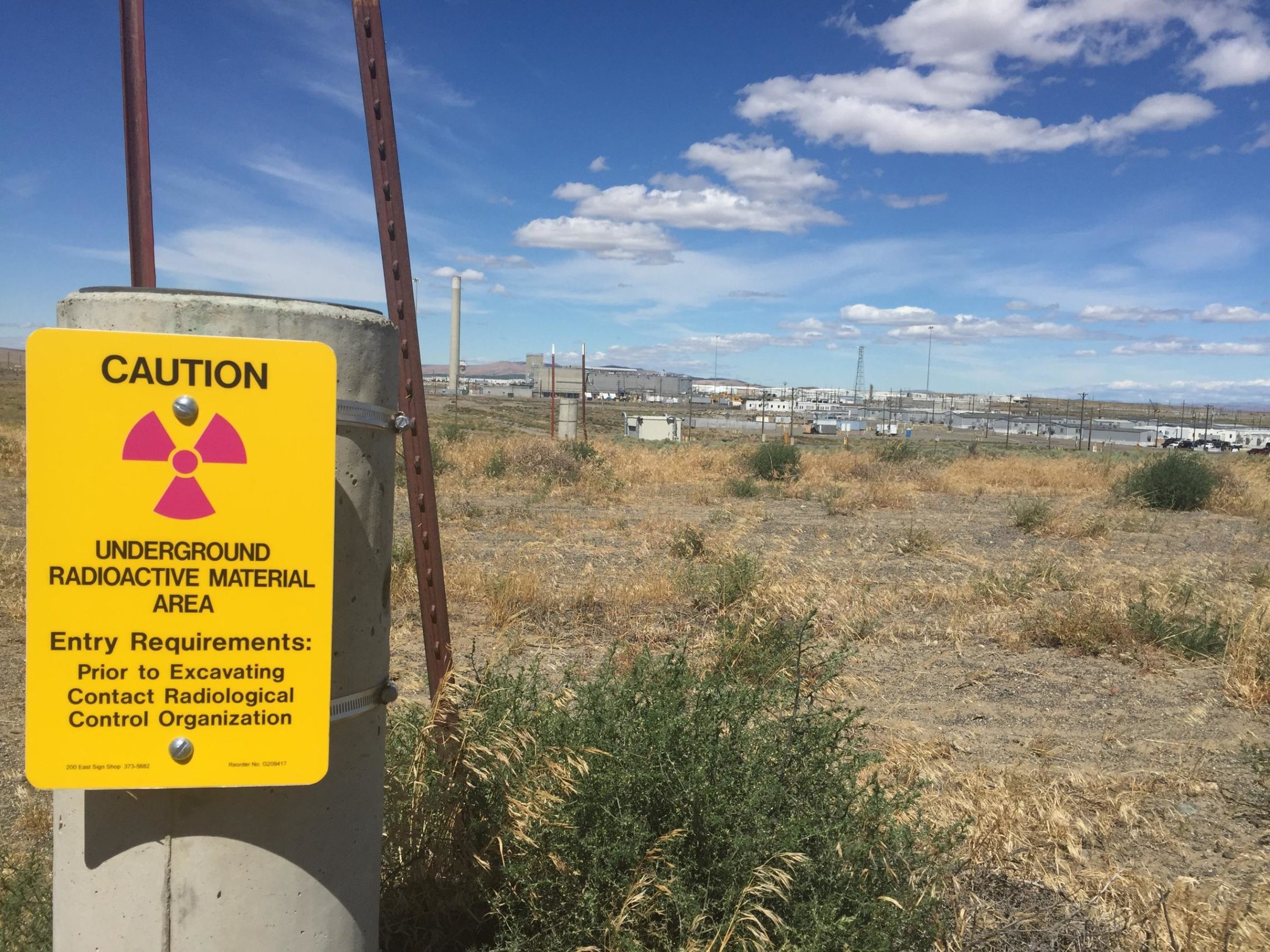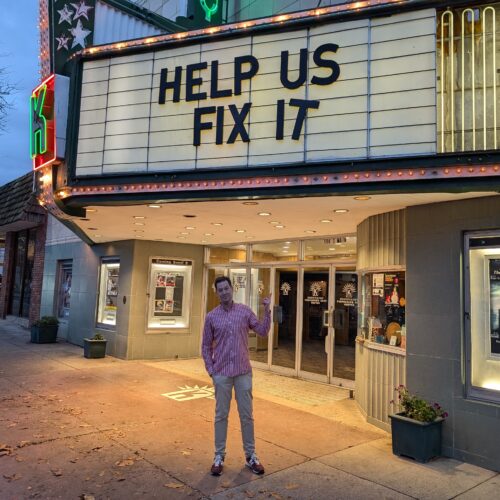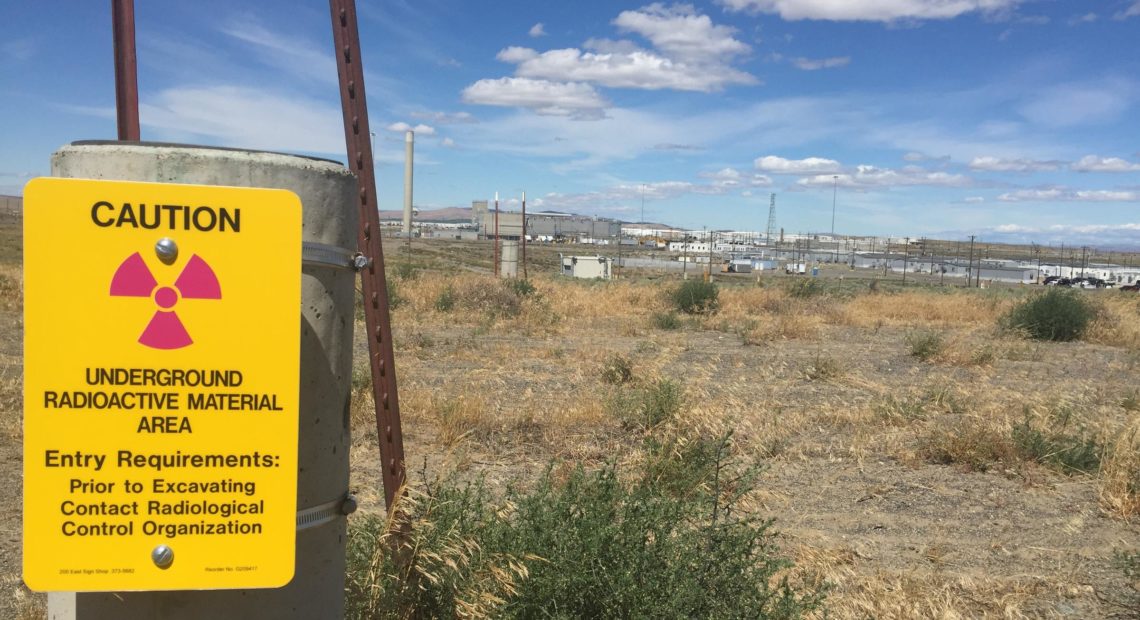
Aging Tanks, Aging Watchdogs: Lots To Work On For Washington’s New Waste Program Manager
READ ON
At the Hanford site in southeastern Washington, along the Columbia River, stew millions of gallons of radioactive sludge cradled in aging underground tanks. Nearly 2,000 capsules filled with cesium and strontium rest unquietly in an old, glowing-blue pool of water. Two more reactors along the Columbia still need to be sealed up and cocooned. And those are just some of the bigger to-dos out of hundreds of waste sites on the list at the 580-square-mile cleanup site.
177 underground tanks
It’s a lot to ponder and a steep learning curve for freshly hired David Bowen. He started his new job Dec. 16 as the Nuclear Waste Program lead for Washington’s Department of Ecology in Richland.
Bowen has owned his own bar in Cle Elum, been a Kittitas County commissioner and managed groundwater nitrate cleanup in the Yakima Valley. Now, he’ll hold the U.S. Department of Energy accountable for its cleanup at the site using the Tri-Party Agreement. That’s a 1989 document struck between Ecology, the federal Department of Energy and the U.S. Environmental Protection Agency.
Hanford houses leftovers from the fights of WWII and the Cold War, as the nation’s factory for plutonium. Trenches, pits, and buildings are all contaminated with loads of chemicals and radioactive waste generated at breakneck speed.
The stickiest problem: 177 tanks — some of them leakers — filled with radioactive waste.
“Some of [the underground tanks] are 50-plus years old,” Bowen says. “And they weren’t designed to last this long. There are still fluids in them, millions of gallons, in sludge, ect. So, there’s the opportunity for that to escape and get into the Columbia River — or the groundwater is high.”
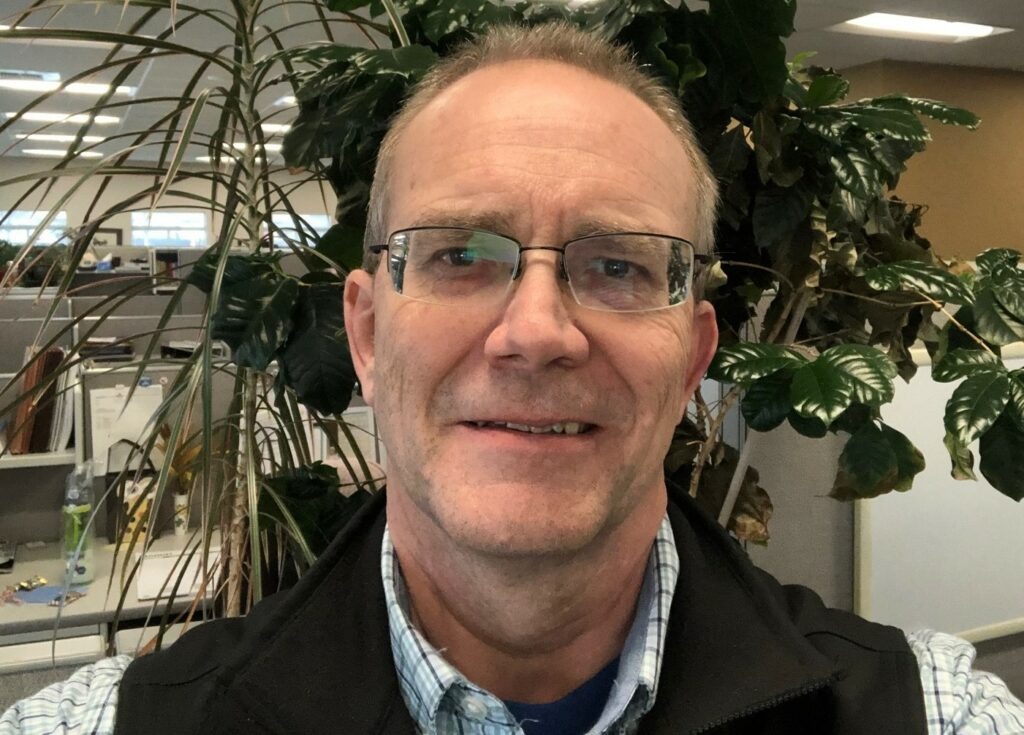
David Bowen started his new job as the Nuclear Waste Program director for Washington State’s Department of Ecology on Dec. 16, 2020. Courtesy Washington Dept. of Ecology
There’s a massive waste treatment plant being built in the desert at Hanford to treat that tank waste. But the cleanup timeline has been pushed back several times already since the 1980s. It could be pushed back more because of the pandemic.
Those closely familiar with Ecology’s mission at the site say Bowen has inherited a tough leadership position. Getting attention from Washington Gov. Jay Inslee — who’s focusing on a pandemic with layers of management between them — will be challenging. Bowen will also have to negotiate with federal officials and understand complex permitting requirements.
“I’m really excited about David in this role,” says Polly Zehm, who recently retired as the deputy director of Washington’s Ecology Department. “He’s worked in an environment where people don’t agree. And he has to move things forward.”
Aging infrastructure, aging experts
Hanford is much like a complex small city: thousands of commuting workers, miles of highways and intertwining roads.
Then there are all the stakeholders: multiple tribes, Seattle-based Hanford watchdog groups, salmon and Columbia River advocates and multiple government agencies. Losing Hanford experts to retirement or attrition to other agencies is a big problem — and a growing one. Some key Ecology experts have recently been lured away to federal posts, or to work as Hanford contractors. And many have already retired. Bowen says he’s well aware he needs to work fast.
“We waste time when we don’t learn from past mistakes, or past processes and projects,” Bowen says. “If nobody here knows about a project we could end up going through a loop again. And I want to avoid that where we can for sure. Passing on that knowledge here is a priority.”
Bowen sas that aiding him in this role are his past experiences working with plenty of diverse people over a varied career that’s included auditing for Kittitas County, insurance appraising and even owning a collision repair shop.
Bowen currently lives near Ellensburg, but says he’s looking for property in the Tri-Cities.
Related Stories:
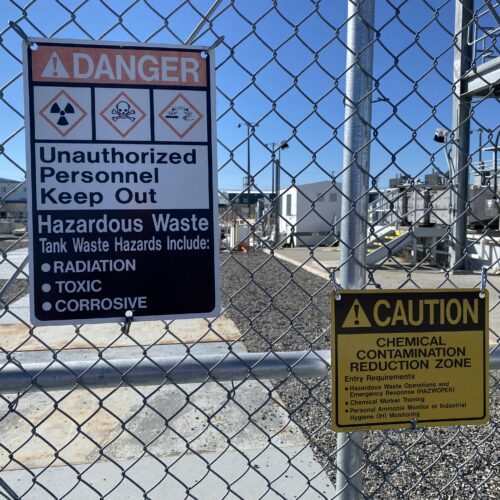
Washington’s Senator Patty Murray said Hanford safety in jeopardy, she’s ‘really, really worried’
(Credit: Anna King / NWPB) About a dozen federal workers have been fired from the Hanford site in southeast Washington state. Hanford is the contaminated legacy of plutonium manufacturing during
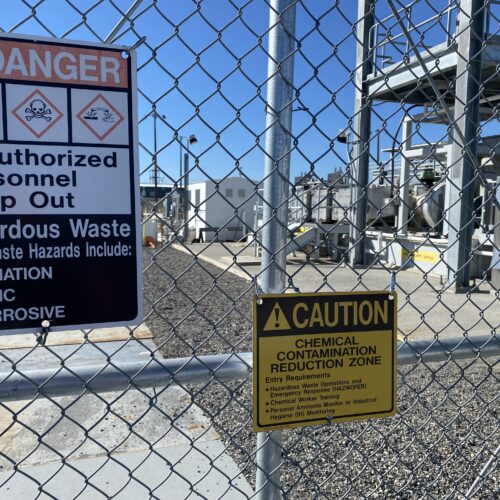
Project 2025 and Hanford: What Trump’s second term could mean for WA’s toxic sludge
A gate and signs stand guard at one of the Hanford site’s tank farms. (Credit: Anna King / NWPB) Listen (Runtime 4:02) Read By Anna King and Jeanie Lindsay Traffic
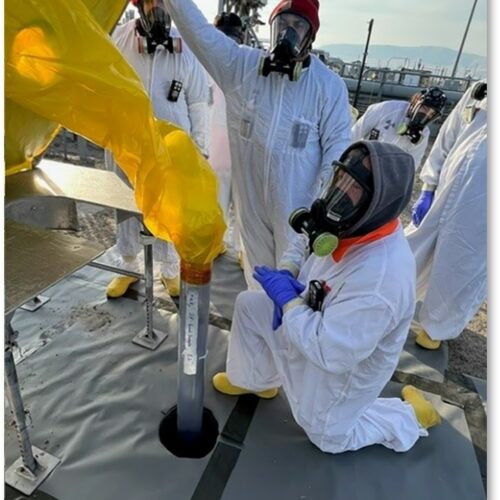
Washington state, federal agencies finalize agreement for tank waste cleanup at Hanford
Hanford workers take samples from tank SY-101 in southeast Washington state. (Courtesy: U.S. Department of Energy) Listen (Runtime :59) Read When it comes to tank waste at Hanford in southeast

